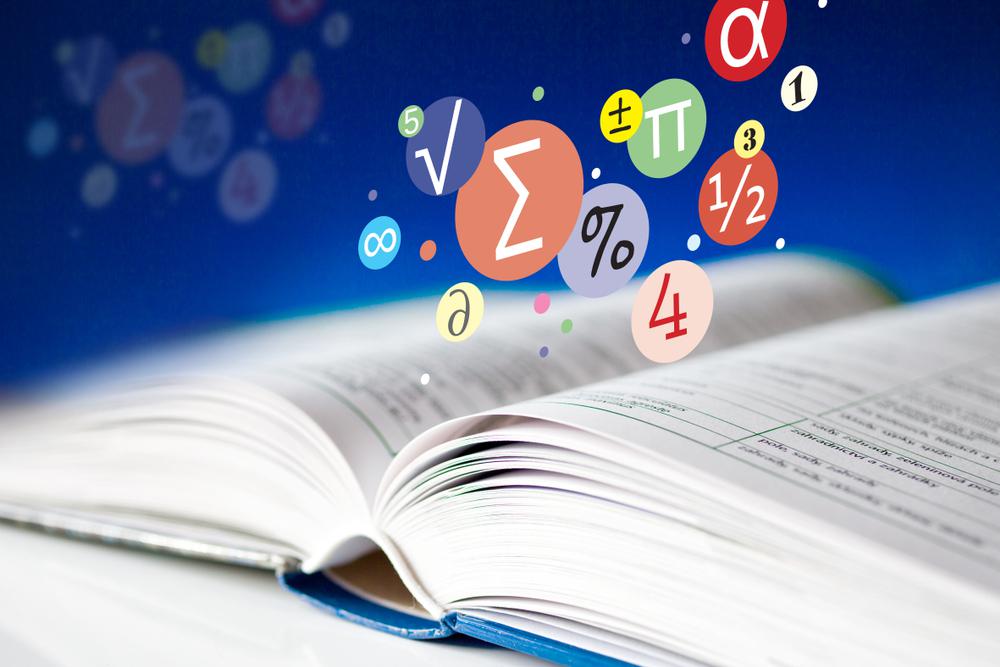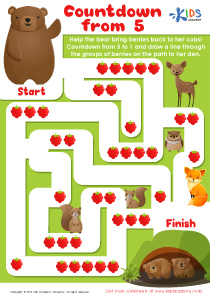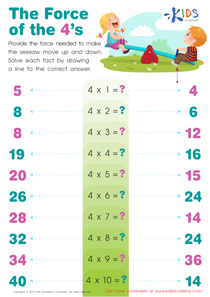Shape Recognition Easy Numbers Worksheets for Ages 3-6
3 filtered results
-
From - To
Shape Recognition Easy Numbers Worksheets for Ages 3-6 are designed to make early math fun and engaging for children. These printable activities help young learners identify basic shapes and numbers, enhancing their cognitive and fine motor skills. With colorful, interactive exercises, kids can trace, color, and match shapes and numbers, promoting critical thinking and visual recognition. Ideal for preschoolers and kindergarteners, these worksheets provide a solid foundation for future math success while keeping kids entertained and motivated to learn. Perfect for in-class activities or home practice, these resources foster a love for learning in young minds.
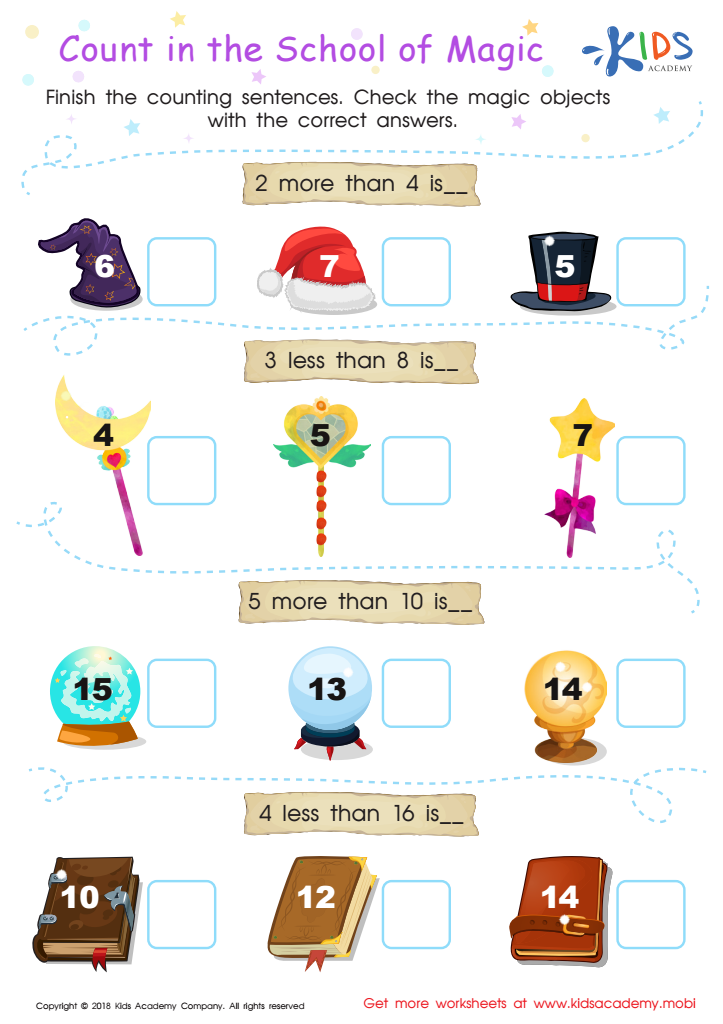

Count in the School of Magic Worksheet
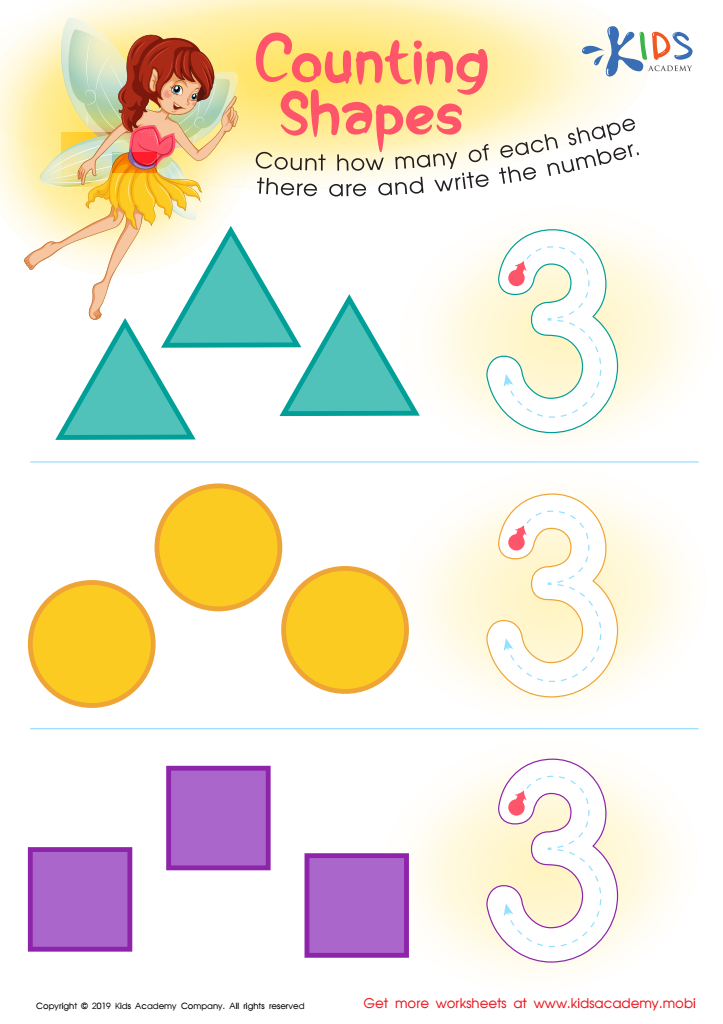

Counting Shapes Worksheet
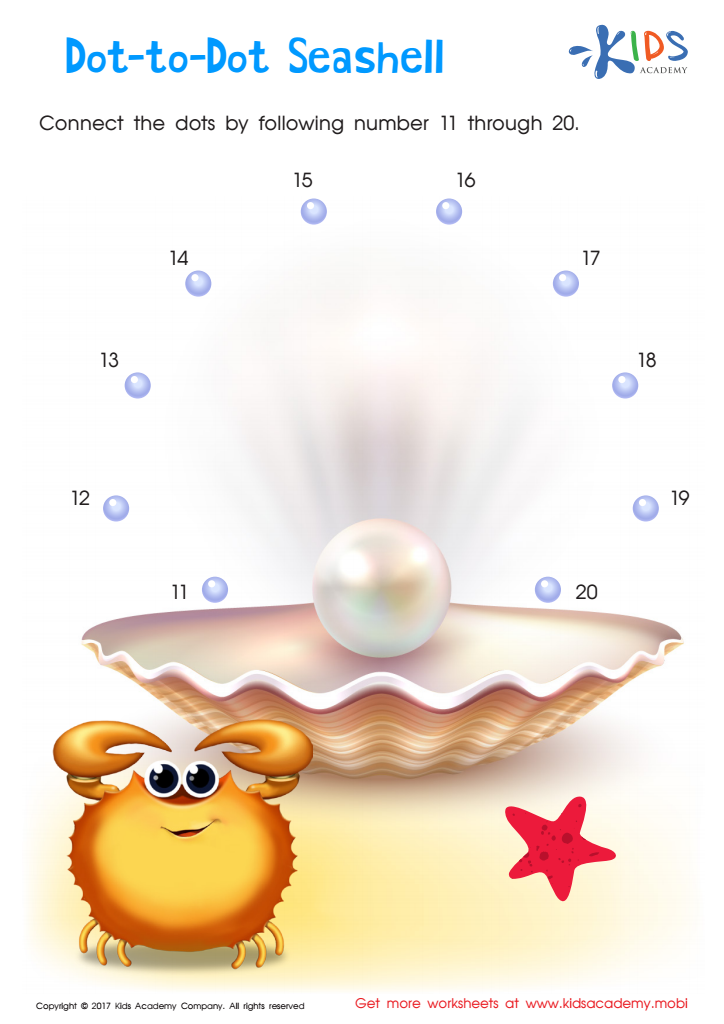

Ordering 11–20: Dot–to–dot Seashell Printable
Shape recognition and early number skills are fundamental building blocks for the cognitive development of children aged 3 to 6. Parents and teachers should prioritize these skills because they form the basis for more complex mathematical abilities and geometric understanding.
Firstly, recognizing shapes helps children understand and organize the world around them. Shapes are everywhere—from the circular face of a clock to the rectangular pages of a book. When children learn to identify and differentiate between shapes, they develop spatial awareness and observational skills. This foundational understanding is crucial as they start connecting shapes to the objects they see daily.
Learning numbers at an early age is equally important. Engaging with numbers through simple counting exercises or recognizing written numerals lays the groundwork for arithmetic and problem-solving skills. Games and activities that combine numbers and shapes, like sorting blocks or matching games, make learning enjoyable and relatable, fostering a positive attitude toward education.
Moreover, early shape and number recognition bolster language development, improving vocabulary and communication skills. Terms like "circle," "square," "one," and "two" expand their verbal repertoire, aiding their overall literacy.
In summary, engaging children in activities that promote shape recognition and number skills supports brain development, equips them for future academic success, and builds a strong foundation for lifelong learning.
 Assign to My Students
Assign to My Students




